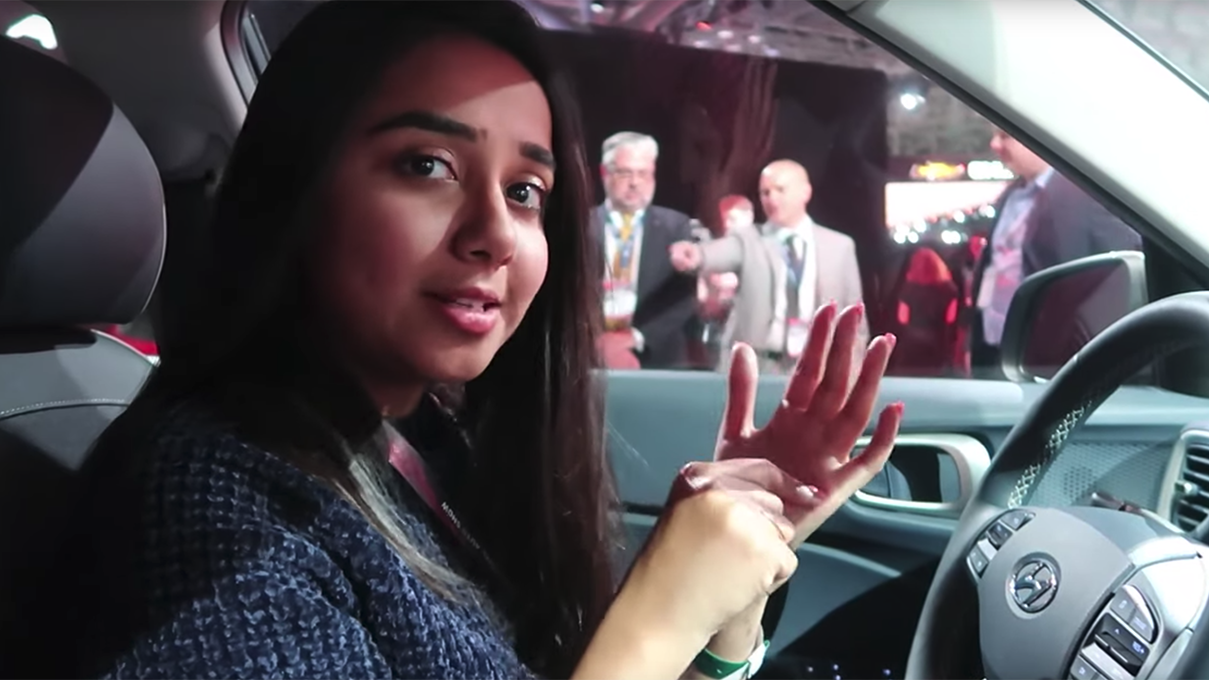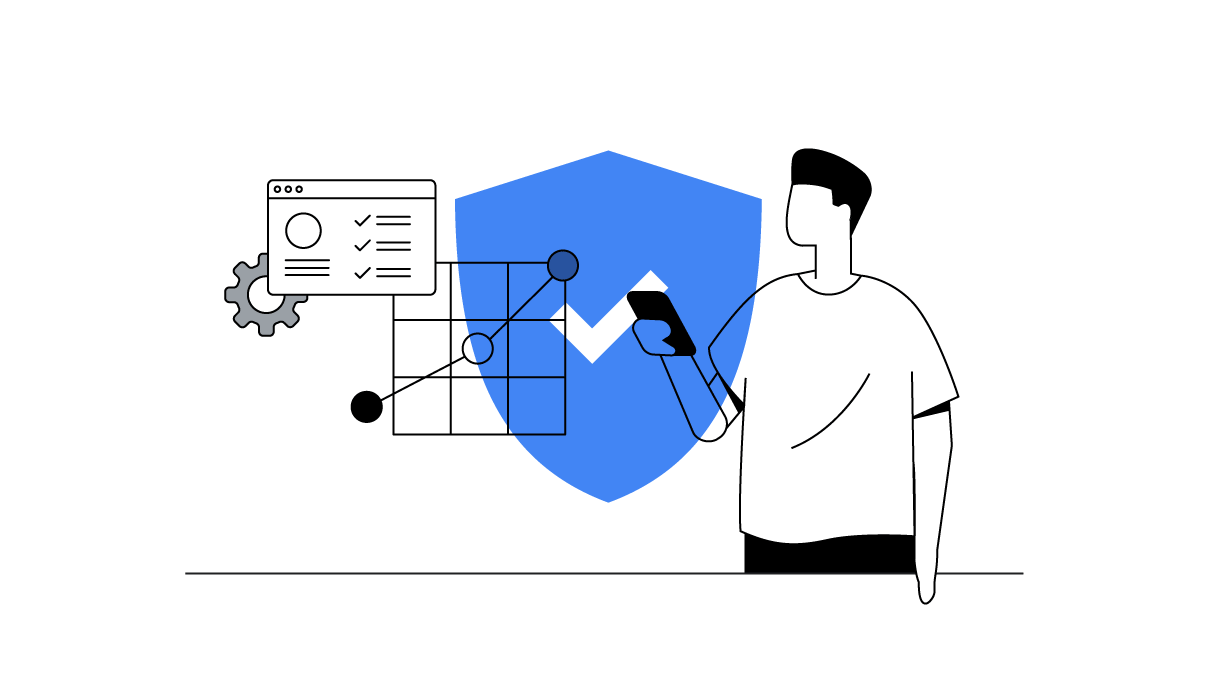- 96% of car buyers in India use Search during the purchase journey, according to latest Google-Kantar TNS study.
- Offline touchpoints during consumers’ car-buying journey dropped by 50%.
- 68% of car buyers start their research without an idea of the car they want to buy.
Growing data access and smartphone usage in India means there is an unprecedented number of people coming online who are searching for cars, among other things. Research that was traditionally done in person is now taking place primarily on smartphones, effectively flipping the traditional route to car buying on its head. The Auto Gearshift Study 2017 by Google-Kantar TNS surveyed consumers who were interested in buying a car in India and found that 89% of all car purchases in India were digitally influenced—up 14% from last year. The study was conducted globally across 27 markets and had nearly 14K respondents.
Here are four key insights from the study:
1) 96% of car buyers use Search during the purchase journey.
Over 9 in 10 car buyers in India use Search at some stage of the purchase journey. What keywords were they searching for? Eighty-five percent of searches in the auto vertical were for specific auto brands. But as India is a cost-conscious market, the most searched keywords within brand searches were about price. Consumers also searched for information about vehicle size, fuel efficiency, interior, brand reputation, driving experience, reviews, and financing options.
Additionally, the study showed that two-thirds of car buyers searched online to find dealerships.
2) 80% of car buyers use online video during the purchase journey.
Online video is emerging as the biggest disrupter in India’s automobile industry with watch time of auto-related video increasing by 225% year over year on YouTube alone.1 The medium is quickly becoming essential to the car-buying journey, and brands should use it to connect with potential consumers.
Over the course of just one year, there’s been an incredible 2X growth in the usage of online video in the car category research and buying phase. The study also found that 79% of all car buyers who watched online video took action (went for a test drive, downloaded a brochure, visited a showroom, etc.) afterwards.
3) Offline touchpoints during consumers’ car-buying journey dropped by 50%.
The average number of dealership visits during the car buying process has dropped from four to two in the past two years, with almost two-thirds of car buyers making two or fewer dealership visits.
Additionally, nearly 90% of car buyers take two or fewer test drives.
4) 68% of car buyers start their research without an idea of the car they want to buy.
The average car buyer’s research and thought processes are gradually evolving. The proportion of car buyers who are undecided about the car they want to buy when they start their research has increased from 55% in 2016 to about 68% in 2017, signifying the immense potential for brands to influence the buying process.
Additionally, the proportion of car buyers who are even open to buying a car online has more than doubled from 18% in 2016 to 39% in 2017. This tells us that consumers are more open to research and are aware of the online resources available for further research.
Digital is now part of the entire purchase journey for automobile buyers, and brands must quickly realise this opportunity. Brands should also consider consumers’ various lifestyles when promoting cars to specific audiences. What motivates a consumer to buy a car differs tremendously across audiences. With targeting capabilities like custom affinity and life-stage targeting, the opportunity for brands to reach potential car buyers with relevant, customized ads has never been greater.
Download more insights on auto consumer behaviour here:








